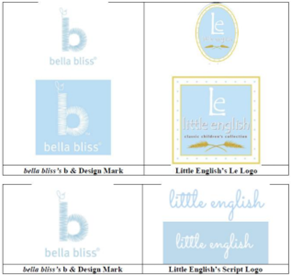In a dispute involving allegedly counterfeit luxury watches, the US Court of Appeals for the Fifth Circuit affirmed a district court’s finding of trademark infringement and its finding that a laches defense prevented disgorgement of profits. Rolex Watch USA, Incorporated v. BeckerTime, L.L.C., Case No. 22-10866 (5th Cir. Jan. 26, 2024) (Douglas, King, Willett, JJ.)
Rolex is a luxury watch seller with legally protectable interests in numerous trademarks. BeckerTime modifies Rolex-branded watches by adding diamonds, aftermarket bezels, and bands not authorized by Rolex and then sells them as “Genuine Rolex” watches. Rolex filed a lawsuit against BeckerTime, alleging trademark infringement and seeking an injunction and disgorgement of profits. After a bench trial, the district court concluded that BeckerTime infringed Rolex’s trademark but refused to order disgorgement of profits based on BeckerTime’s laches defense. This appeal followed.
On the issue of infringement, BeckerTime argued that the district court erroneously applied the traditional likelihood of confusion analysis without considering the Supreme Court’s decision in Champion Spark Plug v. Sanders (1947). In Champion, the Supreme Court held that a defendant in a trademark infringement case was not obligated to remove trademarks from repaired or reconditioned products. This ruling was grounded in the distinction that these products were distinctly marketed as “repaired or reconditioned” as opposed to brand new items. The Supreme Court clarified that a misnomer exception would only be applicable if the extent or nature of the repair or reconditioning was so profound that using the original name would be misleading, even if terms such as “used” or “repaired” were added to describe the item.
In drawing a comparison to Champion, the Fifth Circuit differentiated BeckerTime’s actions from mere repairs or reconditioning. Unlike the defendant in Champion, BeckerTime went beyond restoration, actively modifying Rolex watches by incorporating diamonds, aftermarket bezels and bracelets or straps. Consequently, the watches BeckerTime sold were materially distinct from those offered by Rolex. The Court reasoned that BeckerTime’s alterations amounted to customization rather than mere restoration, as was the case in Champion. Applying the misnomer exception from Champion, the Fifth Circuit affirmed the district court’s decision, asserting that BeckerTime’s customized watches created a likelihood of confusion among consumers and thereby infringed upon Rolex’s trademark.
On the issue of disgorgement of profits, the Fifth Circuit affirmed the district court’s application of laches to deny an award of disgorgement. Rolex argued that BeckerTime’s deliberate counterfeiting precluded laches, while BeckerTime responded that Rolex had failed to show the required unclean hands or undue prejudice to justify disgorgement. The Fifth Circuit agreed with the district court that Rolex had failed to establish unclean hands by BeckerTime, as the evidence did not show intentional infringement. The Court also agreed that the delay in filing the lawsuit caused undue prejudice to BeckerTime by enabling it to build a successful business.
While Rolex sought a complete ban on BeckerTime’s use of non-genuine bezels and dials on its modified Rolex watches, the Fifth Circuit only partially agreed. Recognizing the potential for consumer confusion, the Court ordered [...]
Continue Reading
read more


 Subscribe
Subscribe







